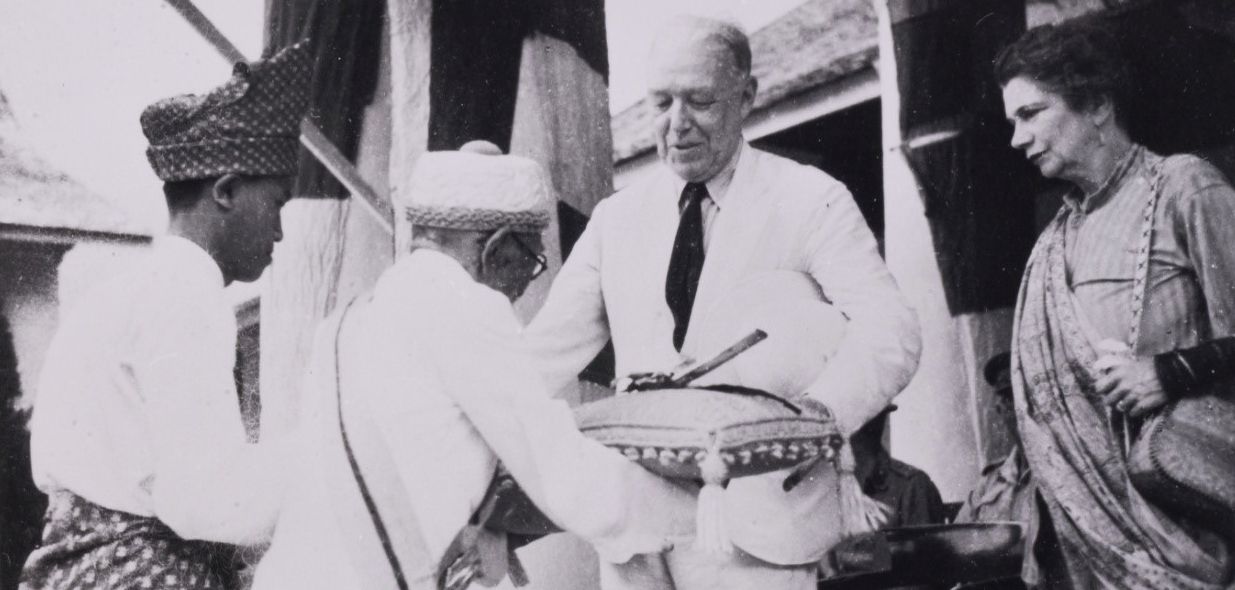Malaysia’s largest state, Sarawak, holds a fascinating history of dynastic rule unlike anything else in the country.
Sarawak’s history dates back to a time when Borneo was still connected to mainland Southeast Asia. Evidence of a prehistoric society was discovered in 1958 at Niah Cave in Miri when five pieces of microlithic tools and a human skull were discovered at part of the Niah Caves complex called Trader Cave during archaeological excavation work. The tools and skull – the oldest modern human skull found in Southeast Asia – are believed to be between 39,000 to 55,000 years old.
Evidence also indicated the existence of several ancient kingdoms which pre-dated the formation of modern-day Sarawak. More recently known as the land of the Dayaks, it is believed the ancestors of the Dayaks originally migrated to Borneo from South China.
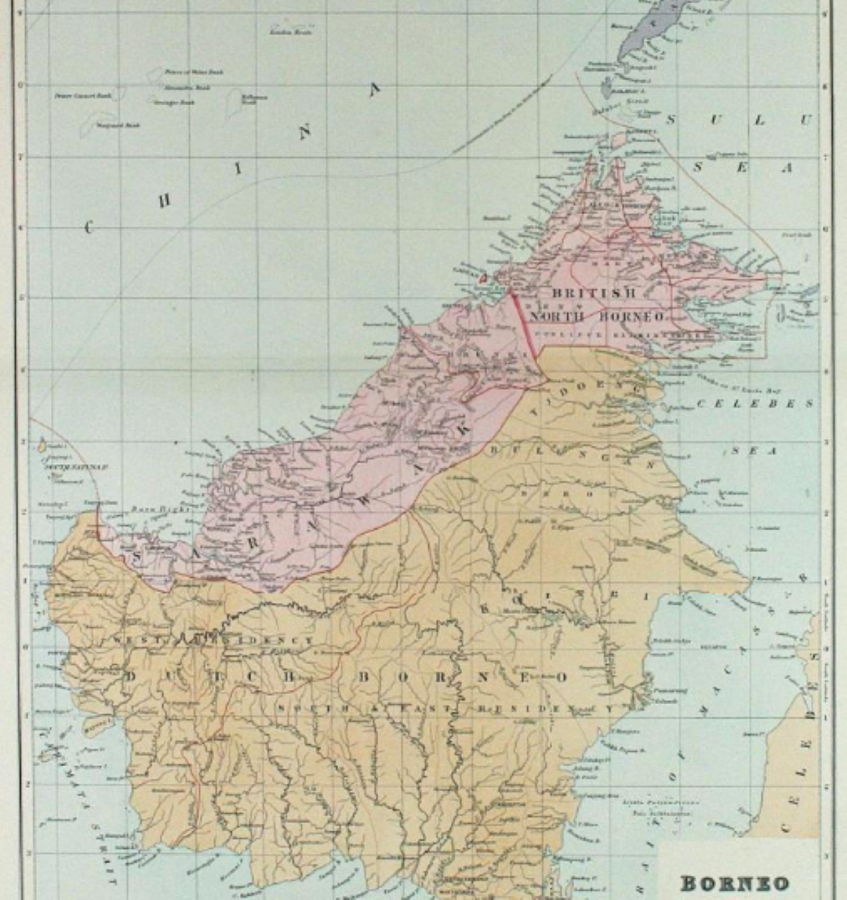
During the 16th century, the Kuching area was known to Portuguese cartographers as Cerava (perhaps the origin of the word ‘Sarawak’?), and was one of the five great seaports on the island of Borneo. During that period, Sarawak was part of the Bruneian Empire, and remained so from 1512 until 1841. By the early 19th century, Sarawak had become a loosely governed territory under the control of the Brunei Sultanate. All that changed by the mid-19th century, however.
THE BROOKE DYNASTY: A CENTURY OF REIGN IN SARAWAK
The White Rajahs were a dynastic monarchy of the British Brooke family, who founded and ruled the Raj of Sarawak from 1841 to 1946. As a reward for helping the Sultanate of Brunei fight piracy and insurgency among the indigenous peoples (namely the Malays and Land Dayaks), Briton James Brooke was in 1841 granted the province of Kuching, which was then part of the Brunei kingdom and known as Sarawak Asal (Original Sarawak). The province was subsequently given independent kingdom status.
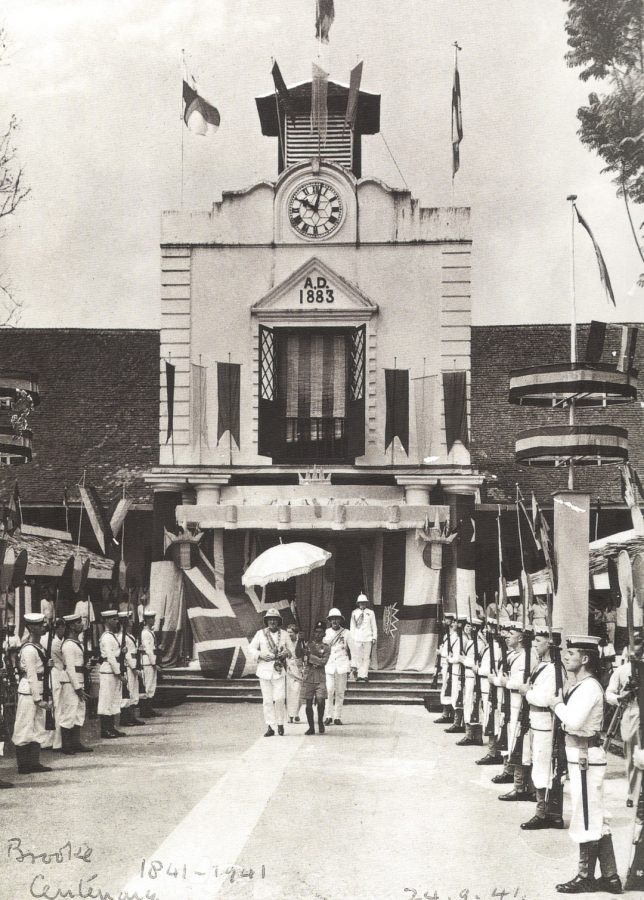
Based on descent through the male line in accordance with the will of Sir James Brooke, the White Rajahs’ dynasty in Sarawak continued through Brooke’s nephew and grandnephew, the latter of whom ceded his ruling rights to the United Kingdom in 1946. This is a brief overview of the history of the Brooke dynasty in Sarawak.
James Brooke, the first White Rajah of Sarawak, first saw the islands of the Asiatic Archipelago in 1830 whilst on his voyage to China from Calcutta, India. Enchanted by the unparalleled beauty of the islands, he decided to return in 1838 in his Royalist schooner, which set sail from Plymouth, England with a crew of 20 men. The adventure, which was intended as an exploration of Borneo and a mission to profess friendship to the ruler of Sarawak at the time, Pengiran Muda Hashim, actually led to James Brooke being named the Governor of Sarawak.
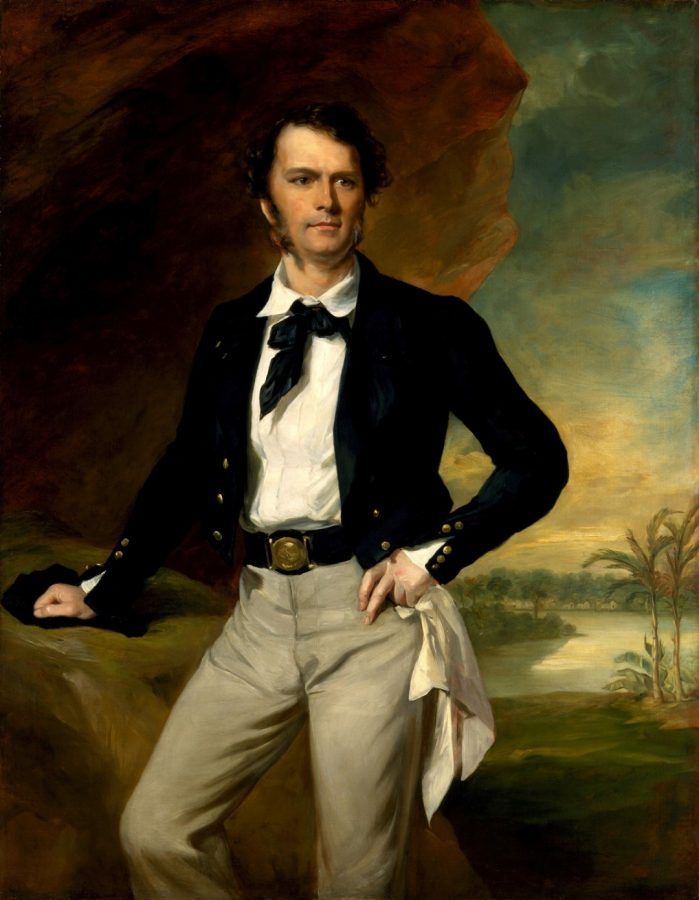
That appointment was confirmed by the Sultan of Brunei after Brooke successfully assisted the Sultan in supressing a rebellion led by a Malay Chief, Datu Patinggi Ali and his followers in Serembu, upon his second voyage to Sarawak in August 1840. The Sultan also granted Brooke a significant area of land around what is now the city of Kuching. Brooke was subsequently granted the title Rajah of Sarawak in 1846 and founded the White Rajah Dynasty of Sarawak.
James Brooke ruled Sarawak until his death in 1868. He was succeeded by his nephew, Charles Anthoni Johnson Brooke (Charles Brooke), who in turn was succeeded by his son, Charles Vyner Brooke, on the condition that Charles Anthoni should rule in consultation with Vyner Brooke’s brother, Bertram Brooke. Sarawak was invaded by the Japanese in December 1941 during the reign of Charles Vyner Brooke. The ‘White Rajah’ rule ended in 1946 with the defeat of Japan in WWII and Sarawak’s subsequent annexation as a British Crown Colony.
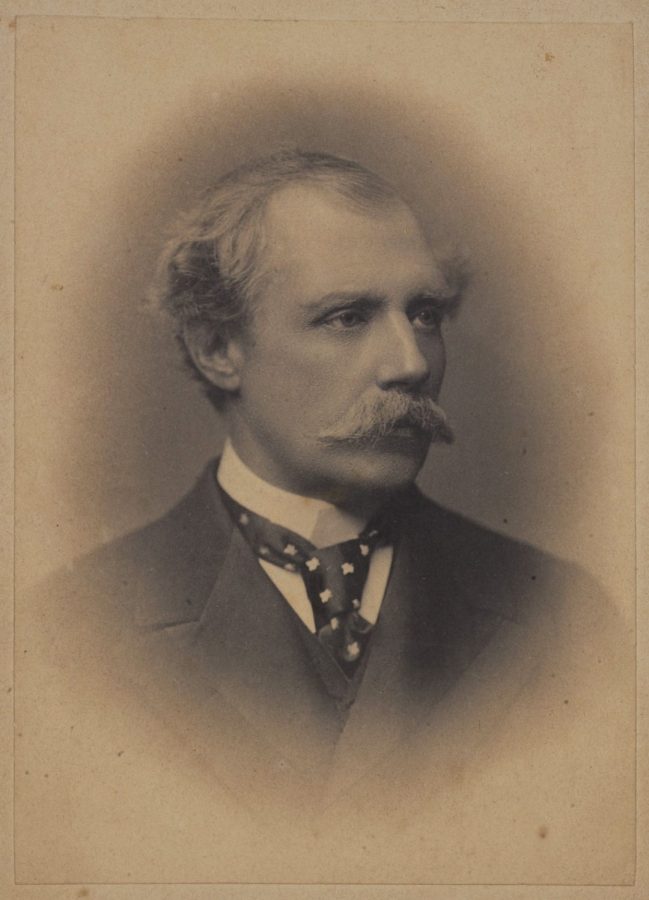
Of the White Rajahs, Charles Brooke ruled the longest (1868 to 1917) and contributed significantly to the development of Sarawak, as well as its expansion in size by the annexation or lease of land from Brunei. He was very close to his uncle, James Brooke, who hand-picked him to be his direct successor, ensuring Charles was well-groomed for the role. Fully immersed in the local culture, Charles was very well conversant in the Iban dialect and chose to have all of his children born in Sarawak.
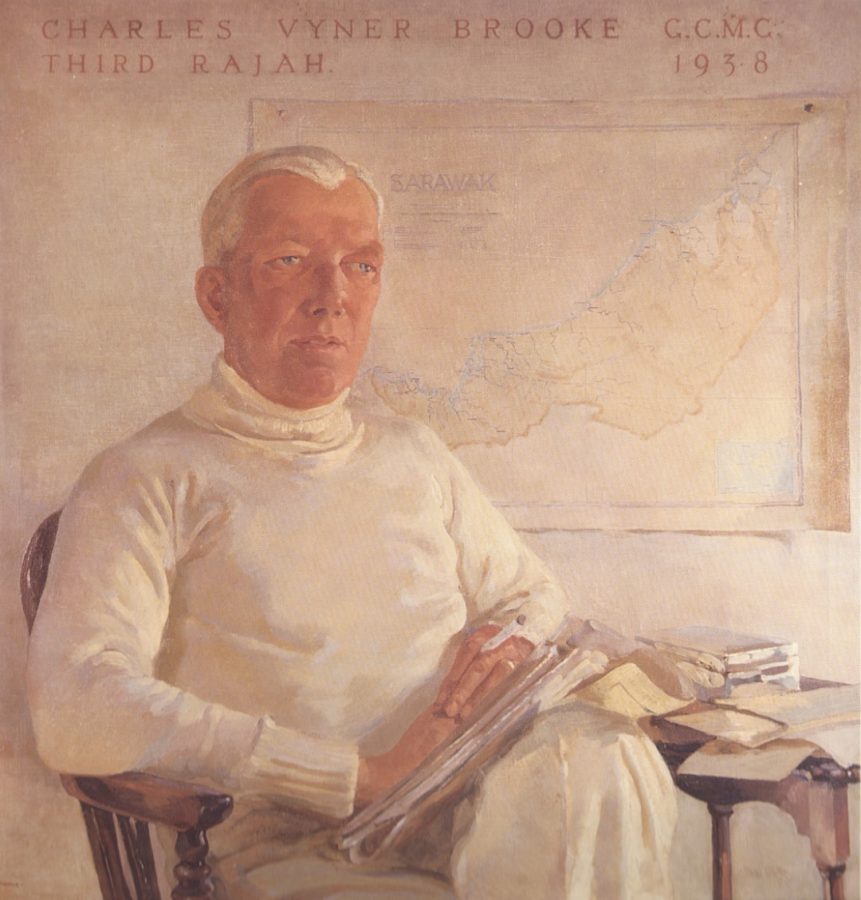
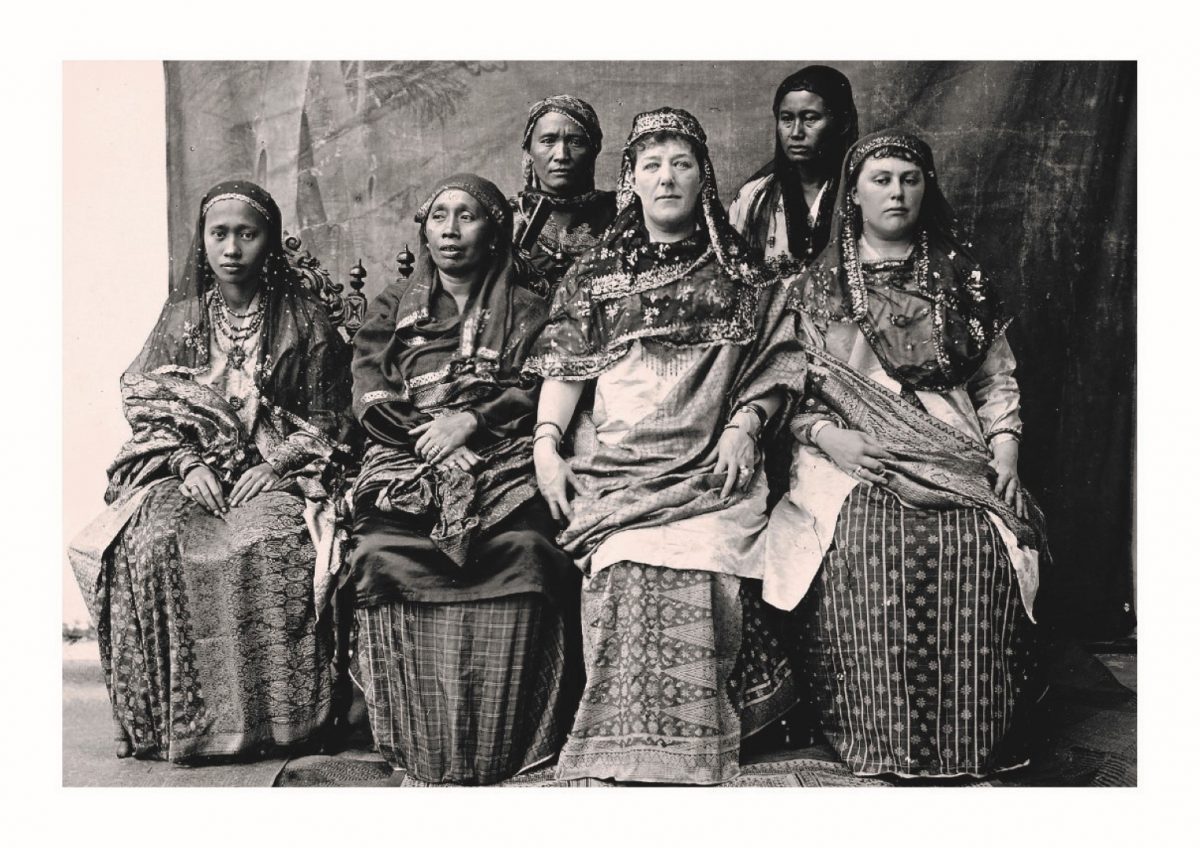
BROOKE DYNASTY LANDMARKS
During the long reign of the Brooke dynasty, many notable heritage buildings and landmarks emerged, among them the Bishop’s House, built in 1849, old State Mosque (1847), the Government House (1857), and the St Thomas Cathedral (1857).
The other landmarks have been gazetted as part of Kuching Heritage Trail which consists of two routes. Route One covers the Old Court House (1874), The Astana (1870), Charles Brooke Granite Obelisk (1924), the General Post Office (1932), Guan Thian Siang Ti Temple (1889), Kueh Seng Onn Temple (1895), Tua Pek Kong Temple (pre-1839), Old Chinese Court (1912), Fort Margherita (1879), Old Sarawak Steamship Building (1930), and the Square Tower (1879).
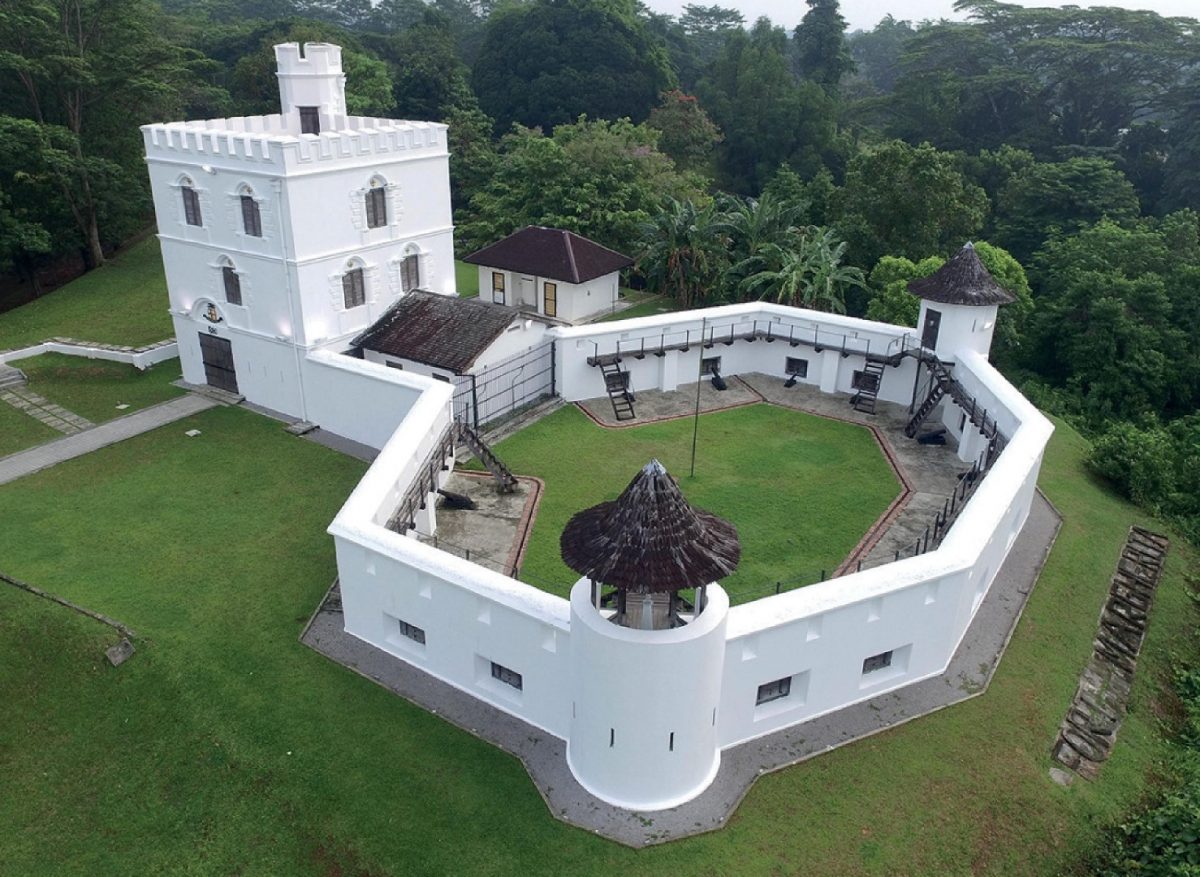
Meanwhile, Route Two covers the Old Market (1924-1959), Indian Mosque (1876), Old Fire Brigade Station (1917), Brooke Dockyard (1912), Old Railway Station and Maintenance Depot (1907), and the Central Police Station (1930). The most prominent landmarks on the routes are as follows:
Old Court House. It was built by Charles Brooke as the administrative centre of the government of Sarawak. The construction of the courthouse building started in 1868 and was completed in 1874, which was officiated by William Henry Rodway. In 1883, a clock tower was added to the building at the entrance. In 1924, the memorial for Charles Brooke was constructed at the building entrance square. It was used as the administrative centre for the government of Sarawak until 1973. In 2003, the building was converted into the Sarawak Tourism Complex.
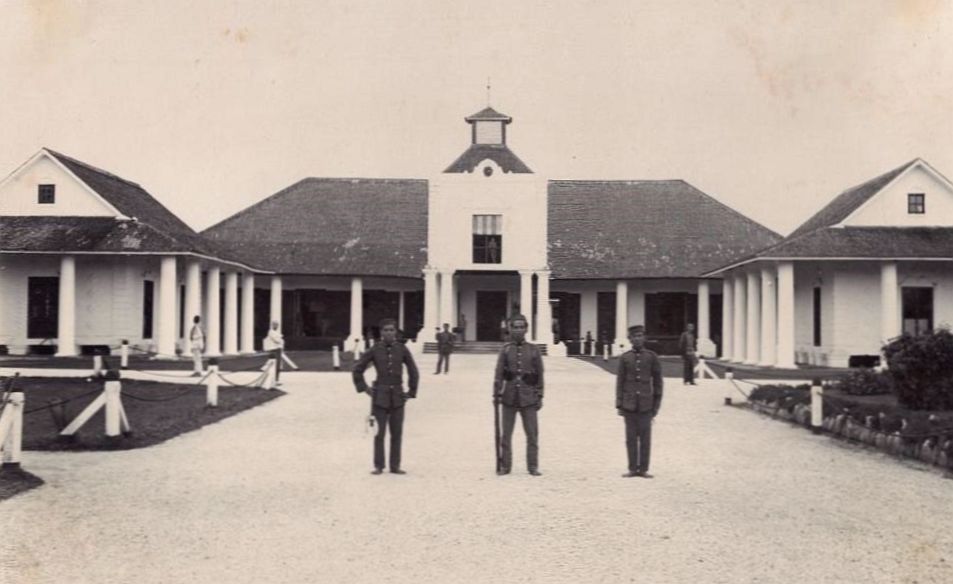
The Astana. Completed in 1870 as the private residence of the Second Rajah, Charles Brooke, it was built as a bridal gift for his beloved wife Ranee Margaret. The Brookes occupied it until Sir Charles Vyner Brooke left Sarawak after the Japanese invasion.
Fort Margherita. The fortwas built in 1879 to protect Kuching from pirate attacks. Named after Charles Brooke’s wife, Ranee Margaret, it was built in the style of an English castle. Recently renovated and turned into the Brooke Gallery, it showcases exhibits from the Brooke dynasty. Boat trips are available for a small fee to take visitors to the Fort from various jetties along the Kuching Waterfront.
THE LEGACY
The Brooke dynasty is survived today by Jason Brooke, the grandson of Anthony Brooke, the last Rajah Muda. Jason Brooke is doing a noble effort in creating awareness for the Brooke dynasty’s legacy in Sarawak by setting up Brooke Gallery at Fort Margherita in 2016 and The Ranee Museum at Old Court House Kuching in 2018. He has been involved with numerous youth engagement projects to nurture interests among the youngsters, particularly in the history of the Brooke dynasty.
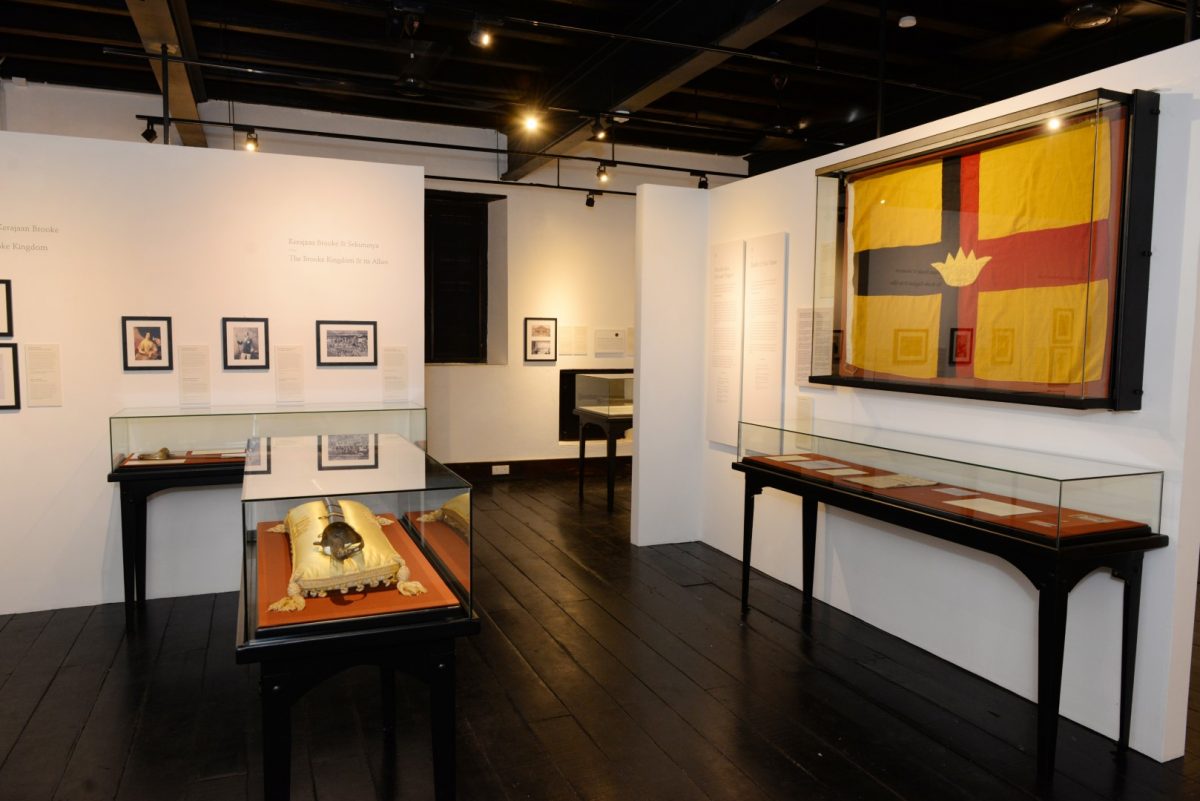
The Brooke Gallery is a permanent exhibition at Fort Margherita sponsored by the Brooke Trust, which has also been responsible with its design and the installation. A joint project with the Sarawak Museum, the Gallery highlights the people, places, and history behind the birth and development of Sarawak during the Brooke era. The Brooke Gallery tells the story of one of the most remarkable kingdoms in history: Sarawak and its ‘White Rajahs’.
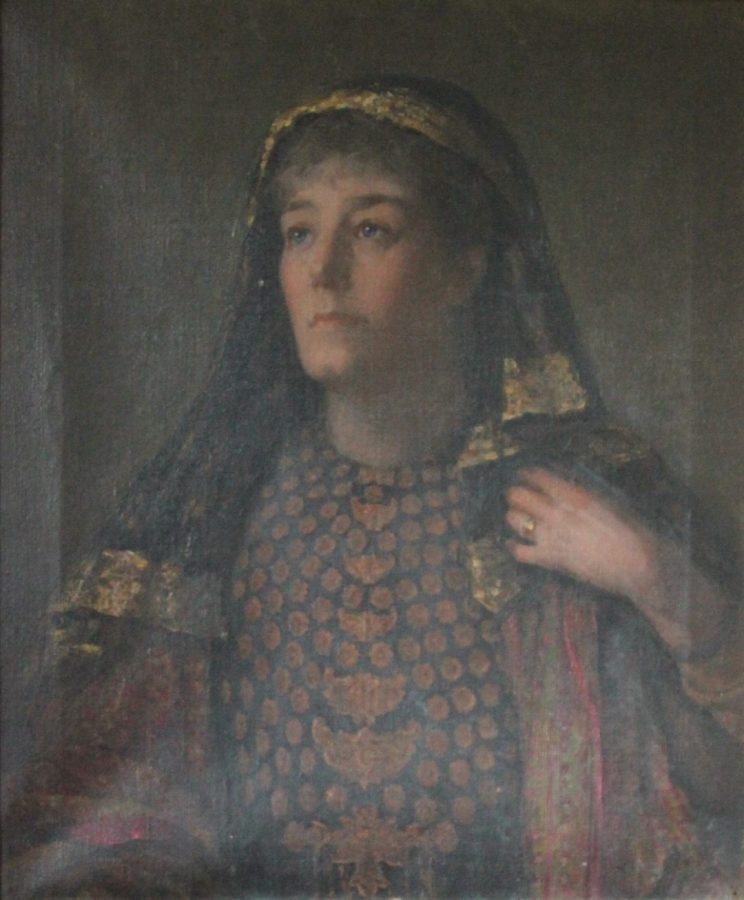
The Ranee Museum centres on the life, legend, and legacy of Margaret de Windt, wife of Charles Brooke, who became the queen, or Ranee, of Sarawak at the age of 19. The exhibition is also a permanent museum fixture in Kuching, providing insight into Ranee Margaret’s life through paintings, music, literature, and craft.
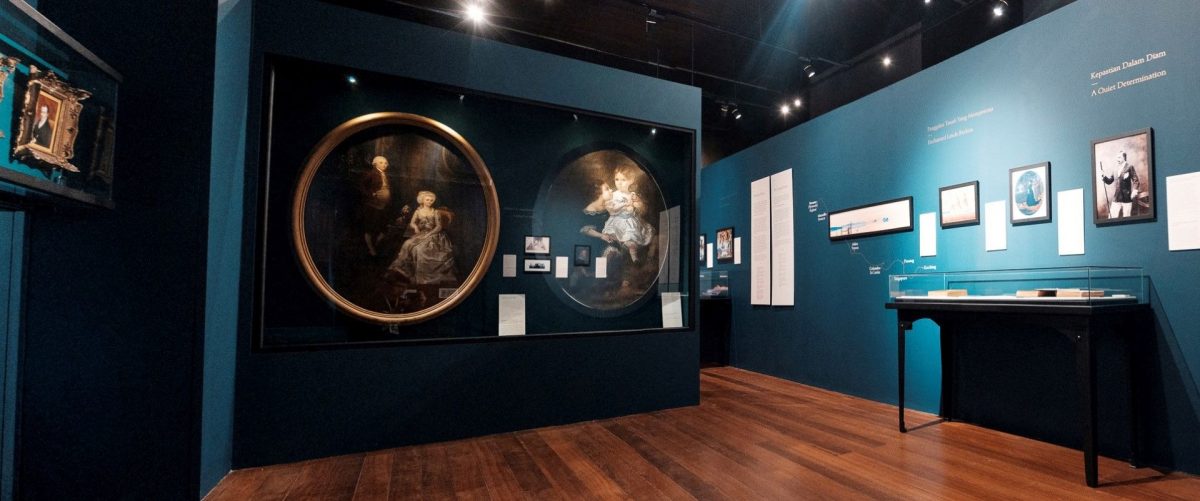
This post contributed by Jamie Bush, with additional text by Chad Merchant. Photos provided by The Brooke Trust.
"ExpatGo welcomes and encourages comments, input, and divergent opinions. However, we kindly request that you use suitable language in your comments, and refrain from any sort of personal attack, hate speech, or disparaging rhetoric. Comments not in line with this are subject to removal from the site. "


